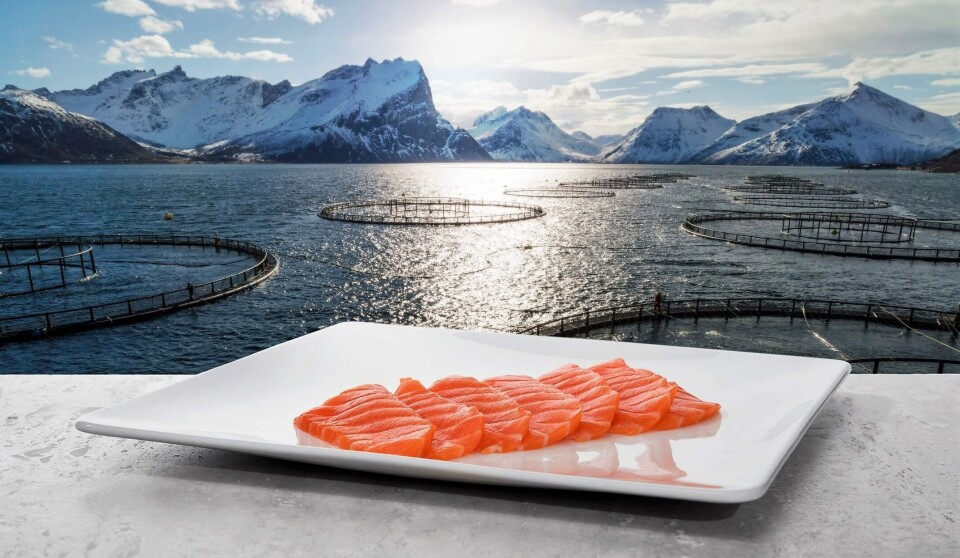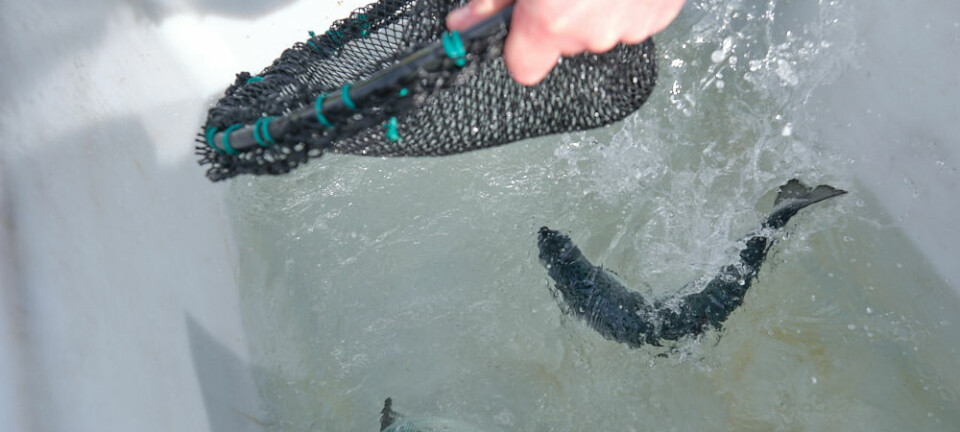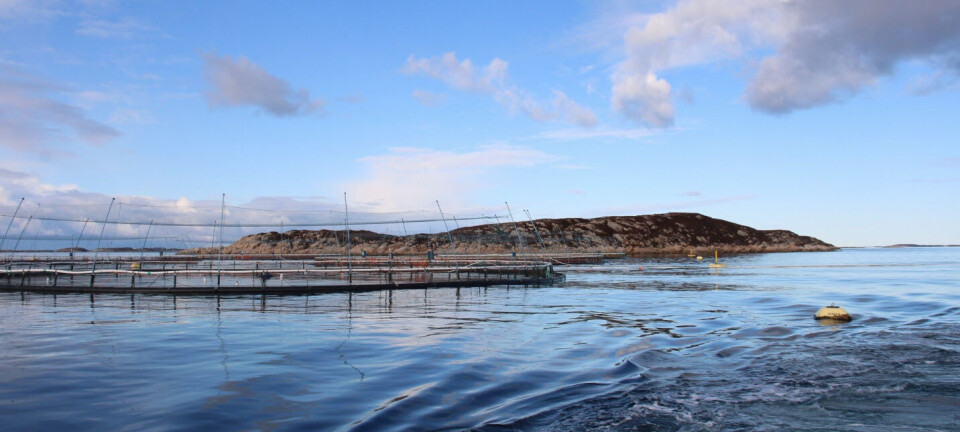
Farmed fish given 'clean bill of health' by Norway's sampling programme
No exceedance of EU limit values for illegal and undesirable substances found in 30,000 results
No exceedance of the European Union’s limit values for illegal and undesirable substances was detected in monitoring of Norwegian farmed fish last year, a new report has revealed.
Norway’s Institute of Marine Research (IMR) carried out tests on samples from 888 farmed fish, with a collection of more than 30,000 test results confirming the seafood’s safety.
“We’re delighted to see that once again, tests done on Norwegian farmed fish shows no sign of exceeding limits on harmful substances or pollutants. This shows that Norway’s rigorous monitoring scheme give consumers globally the confidence to eat farmed Norwegian fish that has a clean bill of health,” said Martin Skaug, communications director at the Norwegian Seafood Council, in a press release.
Required by law
The annual monitoring is required under Norwegian law and EU regulations, and uses samples collected by the Norwegian Food Safety Authority.
The annual tests are carried out mainly on farmed salmon, but species such as rainbow trout, trout, halibut, and cod are also analysed.
Some samples are taken at fish farms and include fish at all life stages. Other samples are collected at slaughterhouses, representing farmed fish ready for the market.

The monitoring checks for illegal substances, medicines, and environmental pollutants, as well as PAH – residues from the smoking process for smoked fish.
No residues of illegal drugs were detected in the newest monitoring. Researchers tested for unauthorised drugs and substances with anabolic effects, such as growth hormones.
No antibiotics
Samples tested for approved veterinary medicines and environmental pollutants were collected at slaughterhouses. According to the IMR, veterinary medicines, such as antibiotics or drugs used against internal parasites, were not found in the samples. Residues of some lice treatments were found, but all were below the limit values. No environmental pollutants such as PFAS, dioxins, dioxin-like PCBs, mercury, lead, or cadmium were found above the EU’s limit value in any of the samples.
In 2024, several new substances were included in the monitoring. These are chemical compounds referred to as "contaminants of emerging concern". Though some of these contaminants were found in some samples, there is not enough information on these new substances to prove they might be harmful. There is need for more data to assess whether there is any health risk associated with them.
Staying ahead of risks
“Including new types of contaminants in the tests shows how the IMR works on the monitoring of farmed fish, and how it’s based on precautionary principles, trying to assess risks as early as possible. This is an important part of the scientific approach of the annual monitoring, always trying to stay ahead of potential risks that might emerge,” said Skaug.
The new substances detected will continue to be monitored, according to the IMR. The data will be submitted to the European Food Safety Authority (EFSA).























































